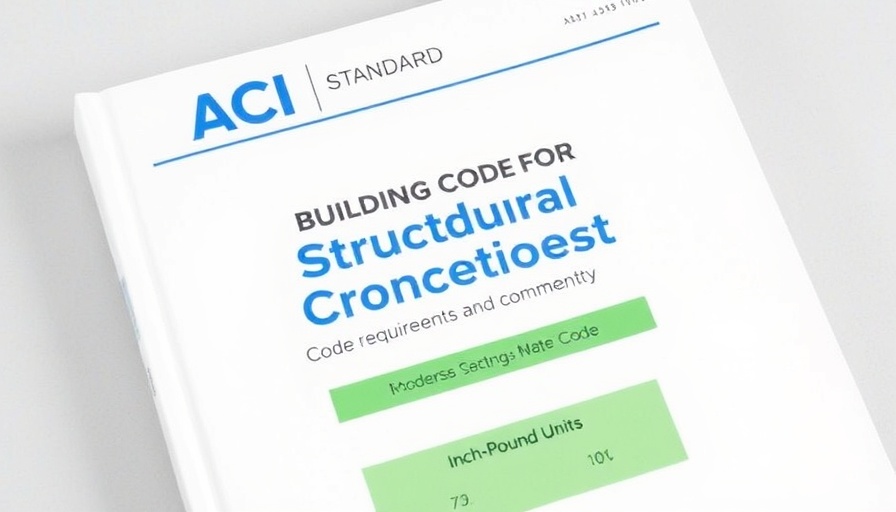
Transforming Construction with Predictive Analytics
In an industry historically guided by intuition and experience, the rise of predictive analytics promises to transform how construction projects are managed. No longer will projects hinge on the "gut feelings" of seasoned veterans; instead, data-centric decision-making is set to take center stage. By leveraging algorithms that analyze historical data and trends, project managers can forecast potential issues with astonishing accuracy. This shift not only enhances efficiency but also holds the potential for substantial cost savings, making it an attractive option for owners looking to trim project budgets.
The Age of Data-Driven Decisions
As clients of commercial construction companies, you're likely accustomed to the rollercoaster of project costs and timelines. But predictive analytics can smooth those ups and downs. By integrating real-time data from past projects, construction teams can identify patterns that indicate possible delays or budget overruns, empowering proactive measures. Imagine a world where projects stick to their timelines—now that's something worth investing in!
Why Your Next Construction Project Needs It
The construction landscape is teeming with uncertainties, from supply chain disruptions to labor availability. Advancements in predictive technologies allow companies to anticipate these challenges. Companies that adopt these methods are already seeing a difference. For instance, one firm noted a 20% reduction in project delays due to their use of predictive analytics. You don’t want to fall behind while others are reaping the benefits.
Counterarguments: The Human Element
While the benefits of predictive analytics are clear, it's important to consider the potential drawbacks. Critics argue that relying heavily on data might diminish the value of human insight. There’s an undeniable skill in reading a job site that data alone lacks. The reality is that a hybrid approach may yield the best results: data informs decisions, while experienced professionals apply their judgment. Striking this balance can set your projects up for success.
The Future is Bright for Construction
Looking down the line, the integration of artificial intelligence and machine learning into predictive analytics is likely to further solidify its role in construction. As technology advances, expect even more precise forecasts—leading to safer, more efficient, and cost-effective building practices.
Given that the construction sector represents a crucial piece of our economy, embracing predictive analytics isn't just a competitive edge; it's becoming a necessity. For clients who prioritize efficiency, cost management, and quality outcomes, the message is clear: the future of construction is data-driven. Welcome aboard!
 Add Row
Add Row  Add
Add 




Write A Comment